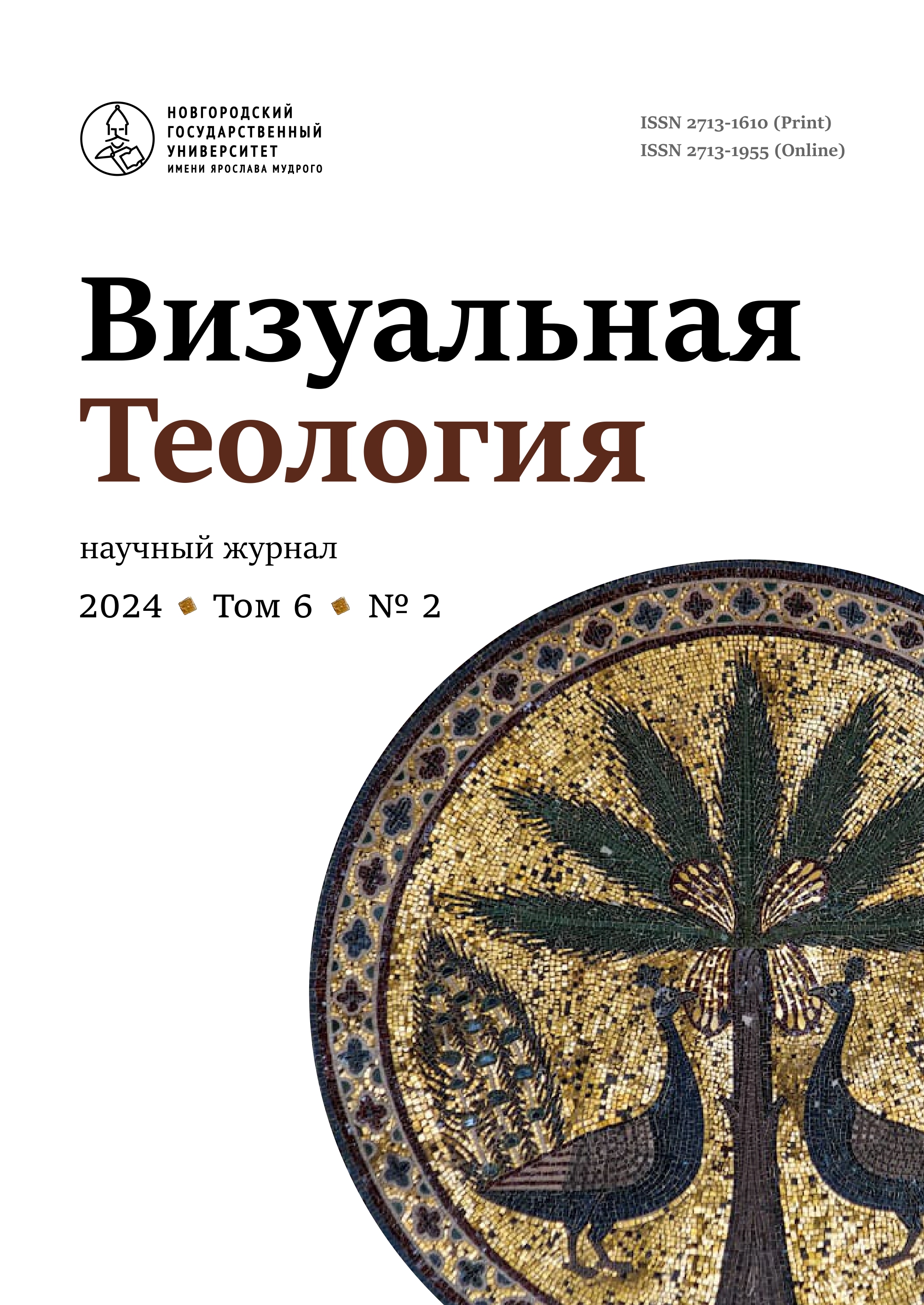On the Icon of ‘The Mother of God Eleousa’ from a Private Collection Exhibited in the Michael Abramov Museum of Russian Icon
Keywords:
icon, Virgin Eleousa, byzantinizing painting of the 13th century, relief haloes, style, image
Abstract
In the brief study of the icon in the private collection heavily worn but distinguished by high artistic quality the author comes to the conclusion that it was probably painted in the Mediterranean in the 1st half of the 13th century by an Italian artist. The use of the widespread iconography of the Virgin Eleousa and its somewhat unique stylistic features do not allow (at least at present) for a more precise attribution.
Published
2024-11-20
How to Cite
Oretskaia, I. A. (2024). On the Icon of ‘The Mother of God Eleousa’ from a Private Collection Exhibited in the Michael Abramov Museum of Russian Icon. Visual Theology, 6(2), 445-454. Retrieved from http://85.142.116.254/index.php/journal/article/view/145



